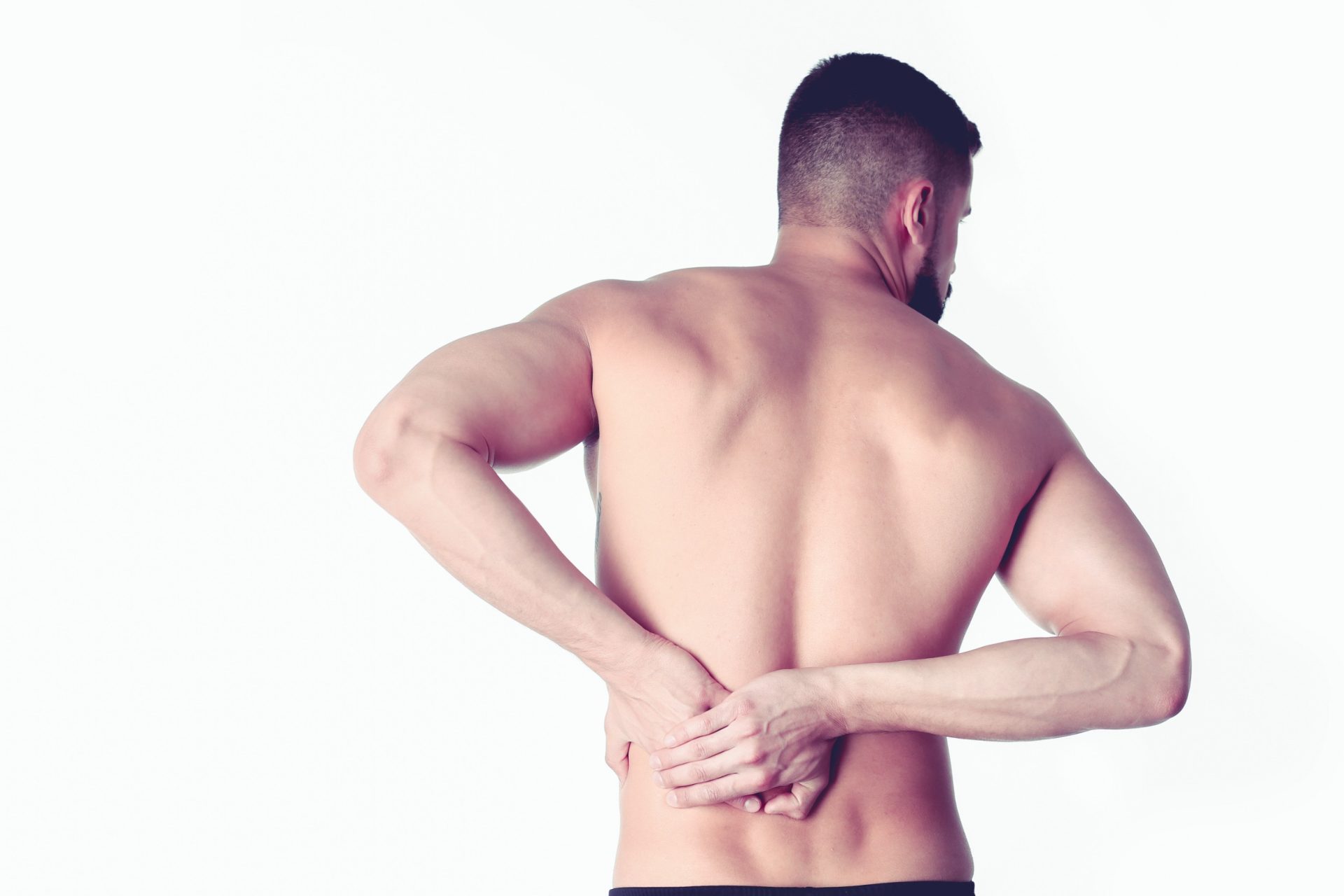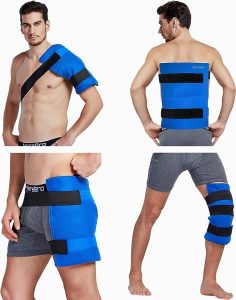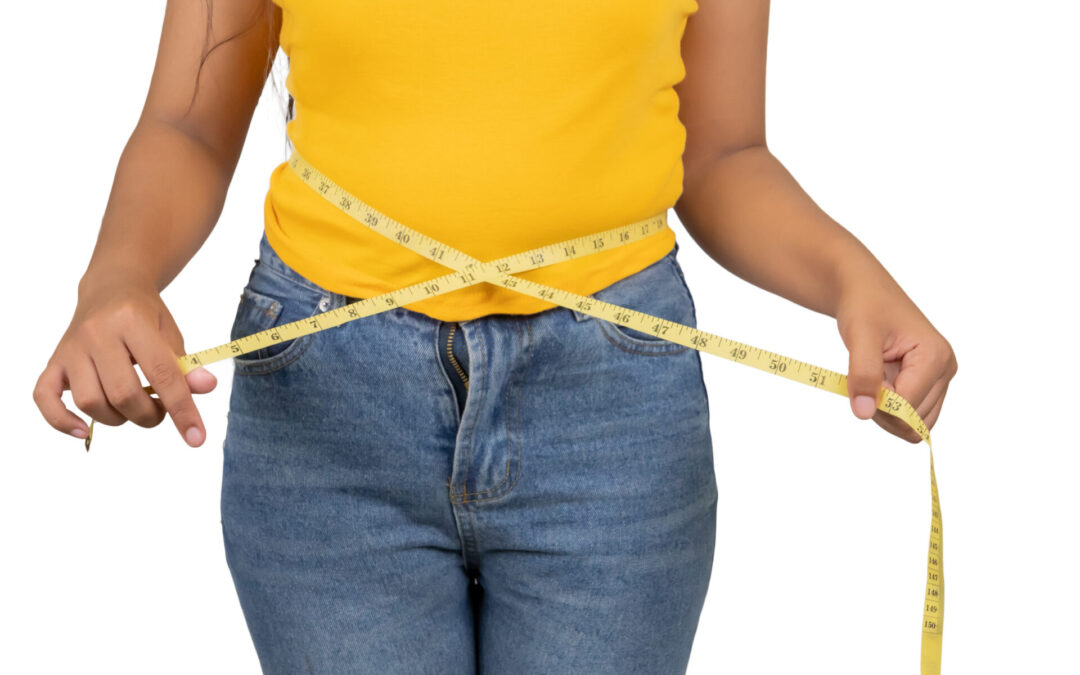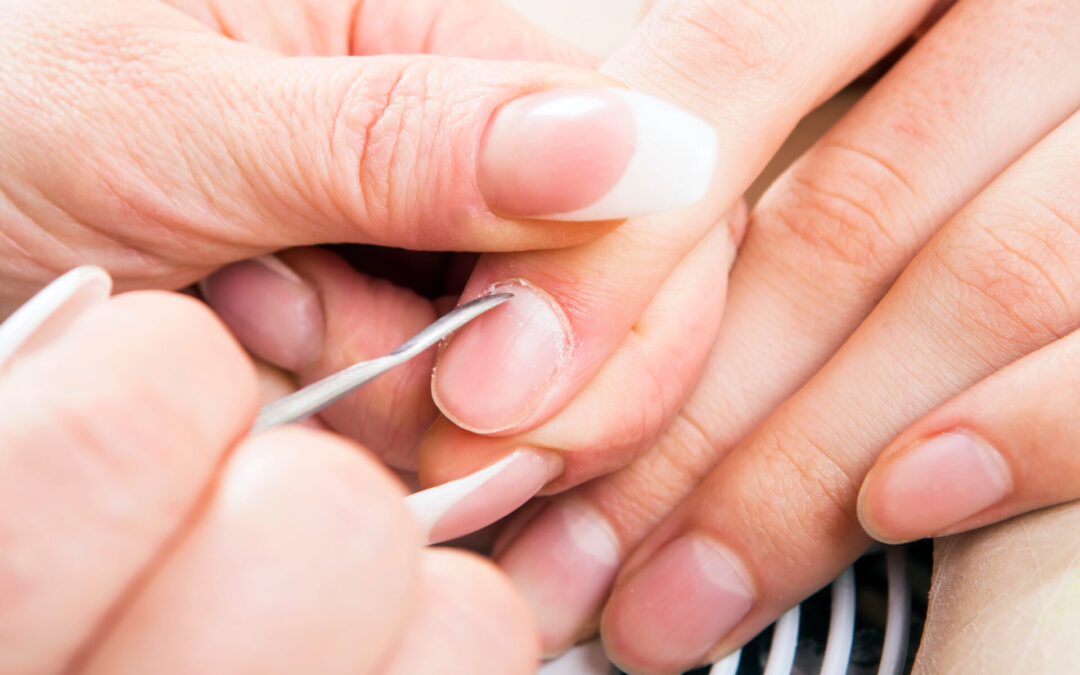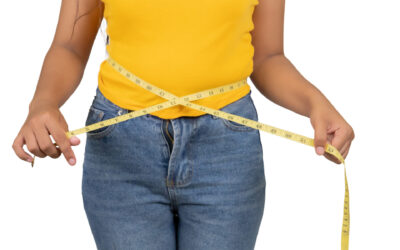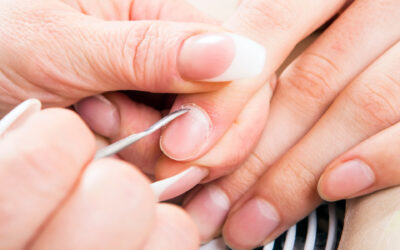The latissimus dorsi, or ‘lats’, is a large, flat muscle that runs across the back. It connects to the arm and shoulder muscles and helps support posture and movement in these areas.
A common problem people experience with this muscle is pain in the area due to strain or overuse. This article will discuss what can cause a painful latissimus dorsi, as well as some effective treatments for managing it.
Likely Causes of Your Latissimus Dorsi Ache
The latissimus dorsi is used in many activities, such as rowing or climbing. These activities can cause strain on the muscles if they are done repeatedly or with too much force.
It’s also possible to experience pain from a sports injury, like a shoulder dislocation or rotator cuff tear. Poor posture can also lead to pain in this muscle because it puts strain on the back and shoulders.
How to Prevent a Latissimus Dorsi Muscle Strain
The best way to avoid latissimus dorsi muscle pain is to ensure that you are taking the necessary precautions to prevent strain on this muscle. This includes making sure that your posture is correct when sitting and standing, as well as avoiding any excessive twisting or bending movements.
Additionally, if you engage in physical activities such as weightlifting or swimming, be sure to warm up properly beforehand, stretch, and cool down afterward by stretching some more.
A Great Tool For Stretching Your Back:
VEICK Resistance Bands Set With Handles
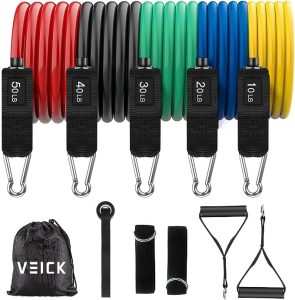
What to Do If You Pulled a Lat Muscle
If you feel like you’ve pulled a lat muscle, the most important thing is to be sure that this is the type of injury you have. Latissimus dorsi pain is usually felt in the middle of the back and can be accompanied by a burning, stabbing sensation.
If you experience this type of pain, it’s important to rest the injured area and apply ice to reduce inflammation. Over-the-counter pain relievers may also help with discomfort.
Monitor your pain. If after several days you find that your symptoms are not improving or are worsening, contact a medical professional for an assessment as further treatment may be required.
Remedies for a Painful Latissimus Dorsi
If you’re dealing with a lat muscle strain, here are some steps to take to make your healing process easier and faster.
- Rest is always the first step in treating any kind of muscle strain or pain. Avoid activities that cause discomfort and allow your body to heal on its own.
- Cold/Heat Therapy from applying compresses to the area can help reduce swelling, while heat therapy can help relax tight muscles and improve blood flow to the area which promotes healing.
- Stretching and Strengthening Exercises for the latissimus dorsi can be an effective way to reduce pain and prevent future injuries from occurring by improving flexibility, strength, and endurance.
- Massage Therapy is another great option for alleviating pain in the latissimus dorsi area. It can help loosen tight muscles, reduce inflammation, and promote healing.
- Physical Therapy is the best option if you’re still experiencing pain after trying all of the above methods. They can give you further evaluation and treatment options such as ultrasound or laser therapy, which can help improve mobility in the affected area and reduce pain levels over time.
A Great Ice/Heat Pack to Try Out:
Koo-Care Large Flexible Gel Ice Pack & Wrap with Straps
Latissimus Dorsi Trigger Points
Latissimus dorsi pain is often caused by the trigger points in the latissimus dorsi, which are tight bands of muscle that can cause localized and radiating pain. There are five main latissimus dorsi trigger points:
- Shoulder Blade Region
- Mid Back Area (near the spine)
- Lower Back (at the hip bone level)
- Inner Side of the Upper Arm
- Elbow Crease
These areas can become very tender when touched or pressed due to accumulated tension in these spots.
Common Lat Injuries
The latissimus dorsi can be strained or overused for a variety of reasons. Common causes of pain in this area include:
- Trauma to the Muscle: This can occur due to injury from sports, falls, or other physical activities that involve sudden force on the lats.
- Poor Posture: Maintaining improper posture while sitting or standing for prolonged periods can lead to strain and tightness in the lats.
- Repetitive Movements: Repetitive motions such as swimming, golfing, throwing a ball, etc., can cause the lats to become strained over time.
- Muscle Imbalance: When the lats become tight and overworked, other muscles can become weak and underused which can lead to further injury in the area.
- Overstretching: Stretching exercises that are too aggressive or not done correctly or with proper warm-up can lead to latissimus dorsi muscle strain.
- Poor Form When Lifting Weights: Improper form while weightlifting or using gym equipment can cause excessive strain on this muscle over time.
How to Tell If You Have a Torn Lat or a Pulled Lat
In some cases, the pain associated with the latissimus dorsi muscle may be caused by a tear or pull in the muscle itself. This can happen when you are lifting something too heavy, stretching too far, or engaging in an activity that puts excessive strain on your back muscles.
If you experience sudden and sharp pain in your back after any of these activities, you may have torn or pulled your lats. To confirm this diagnosis, consult a doctor or physical therapist to perform an examination and imaging tests if necessary, because it’s very difficult to tell the difference between the two types of injuries.
Does Ice or Heat Work Better for Latissimus Dorsi Pain?
When it comes to treating latissimus dorsi pain after pulling the muscle, people often wonder if ice or heat is more effective. The answer depends on what type of pain you are experiencing. If the area is inflamed or swollen due to strain or overuse, then cold therapy (in the form of an ice pack) can help reduce inflammation and ease discomfort.
Heat therapy can be beneficial, too. It helps relax tight muscles and increases circulation, helping promote healing in the area.
Is a Good Massage the Best Thing for Your Latissimus Dorsi Ache?
One of the most effective ways to relieve pain in the latissimus dorsi is through massage. This can be done either by a professional or at home with a foam roller, tennis ball, or other tools.
Massage helps to relax and loosen tight muscles as well as increase circulation and reduce inflammation. It also encourages better posture which can help prevent further strain on the muscle.
Zoppler is reader supported and may earn affiliate commissions from links on this page. We support and believe in all the products and services we promote and are affiliated with.

